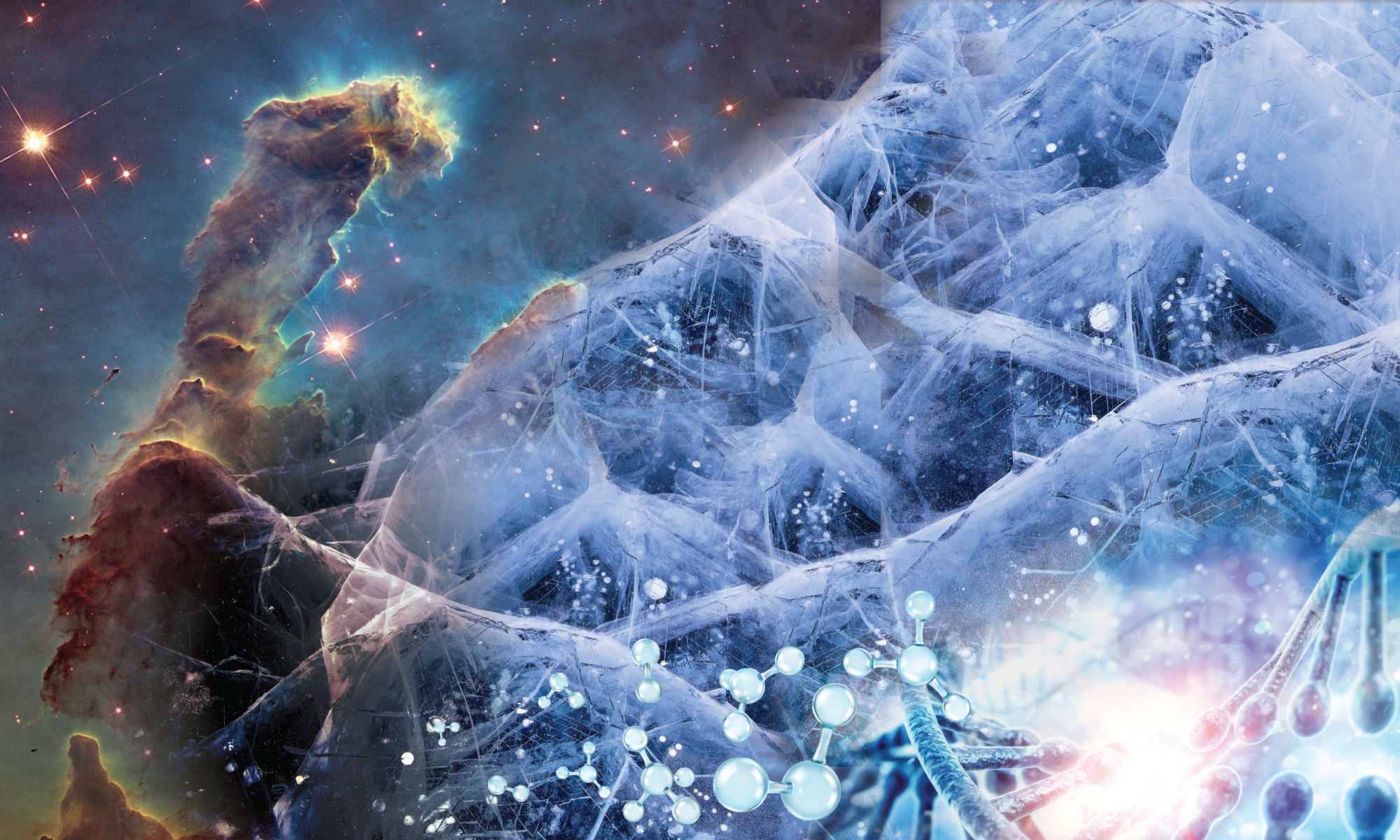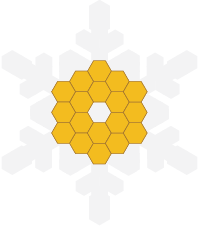IceAge leverages the combined power of cutting edge observations using the upcoming James Webb Space Telescope, results of new laboratory ice experiments, and physical and chemical modeling to determine how much of each ice species we can expect at different ages and physical locations from the molecular clouds to protoplanetary disks.

Observations
What are our targets, and which instrument modes on JWST are ideally suited to detecting ices? Explore our setups here…

Laboratory data
How will we interpret our JWST observations? Through comparison with spectra of ices produced in our laboratories! Click for more…

Chemical models
How will we assess the complexity of our ices? By comparison of the amount of ices with model predictions! See our first results below under “science products”.

Science products
As part of the ERS design, we will deliver Science Enabling Products (SEPs) to help observers plan Cycle 2 proposals. Click for a full description of our SEPs…

